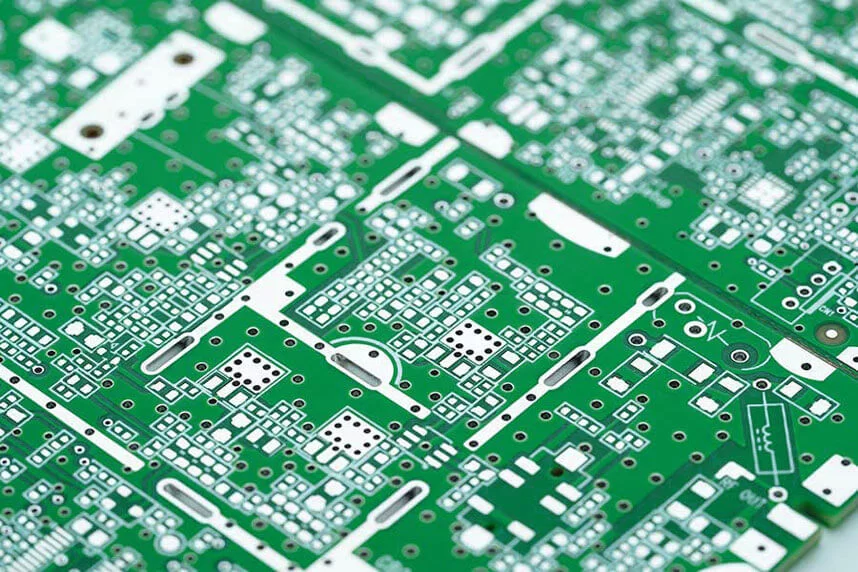HASL with lead vs lead-free technology plays a crucial role in printed circuit board (PCB) manufacturing. With increasingly stringent environmental regulations and the growing demand for high-performance electronic products, choosing the appropriate hot air solder leveling (HASL) process has become a significant topic in the electronics manufacturing industry.
The difference between HASL with lead vs lead-freeis the focus of our discussion. their respective advantages and disadvantages, application areas, and future development trends.
HASL with lead is one of the traditional PCB manufacturing processes and has been in use for many years. Its main component is a tin-lead alloy (usually in a 63/37 ratio). The advantages of this process lie in its excellent wetting and soldering performance, making the circuit board more reliable during assembly. Leaded HASL has high thermal stability and can maintain good performance during multiple reflow soldering processes. Additionally, the lower melting point of leaded alloy means that the soldering temperature required is relatively low, reducing thermal stress on components.

HASL with lead vs lead-free
However, HASL with lead also has some notable drawbacks. Firstly, lead is a toxic heavy metal that is harmful to both the environment and human health. With the introduction of environmental regulations such as RoHS (Restriction of Hazardous Substances Directive), the use of leaded processes has been strictly limited or even banned in many countries and regions. Secondly, the surface flatness of leaded solder is relatively poor, which can lead to soldering defects and short circuits, especially in high-density and high-precision circuit boards.
In response to environmental regulations and market demands, HASL lead-free technology has emerged. Lead-free solder typically uses tin-copper, tin-silver-copper alloys. The main advantages of this process are its environmental friendliness, as lead-free solder does not contain toxic substances, making it more friendly to both the environment and operators. Additionally, the lower surface tension of lead-free solder can provide better soldering flatness and quality, suitable for the manufacturing of high-density and precision circuit boards.
However, HASL lead-free also faces some challenges. Firstly, the melting point of lead-free solder is higher, usually above 217°C, which means that higher temperatures are needed during the soldering process, potentially causing greater thermal stress on sensitive components. Secondly, the wettability and flowability of lead-free solder are poorer, which may result in lower solder joint quality and reliability issues. Furthermore, lead-free solder contains precious metals such as silver, making it more expensive than leaded solder and increasing production costs.
HASL with lead vs lead-free technology each has its applicable scenarios. For some traditional electronic products that require high reliability and low cost, leaded HASL remains an effective choice. Particularly in regions and applications not restricted by environmental regulations, leaded HASL can provide stable performance and lower production costs. On the other hand, in modern electronic products that demand high environmental standards and high precision, lead-free HASL has gradually become the mainstream choice, such as in smartphones, laptops, and automotive electronics.
The development trends of HASL with lead vs lead-free technology will be influenced by various factors. With the continuous improvement of environmental regulations and the increasing demand for high-performance electronic products, lead-free HASL technology will continue to be promoted and applied. At the same time, researching and developing new lead-free solders and processes to improve soldering performance and reduce costs will become important research directions. For instance, optimizing solder compositions and improving soldering equipment can further enhance the performance and economy of lead-free HASL.
In conclusion, HASL with lead vs lead-free technology has its respective advantages and challenges in PCB manufacturing. Choosing the appropriate HASL process requires a comprehensive consideration of environmental regulations, product performance requirements, and production costs. Through continuous technological innovation and process improvements, we can meet environmental demands while providing high-quality and high-reliability electronic products.